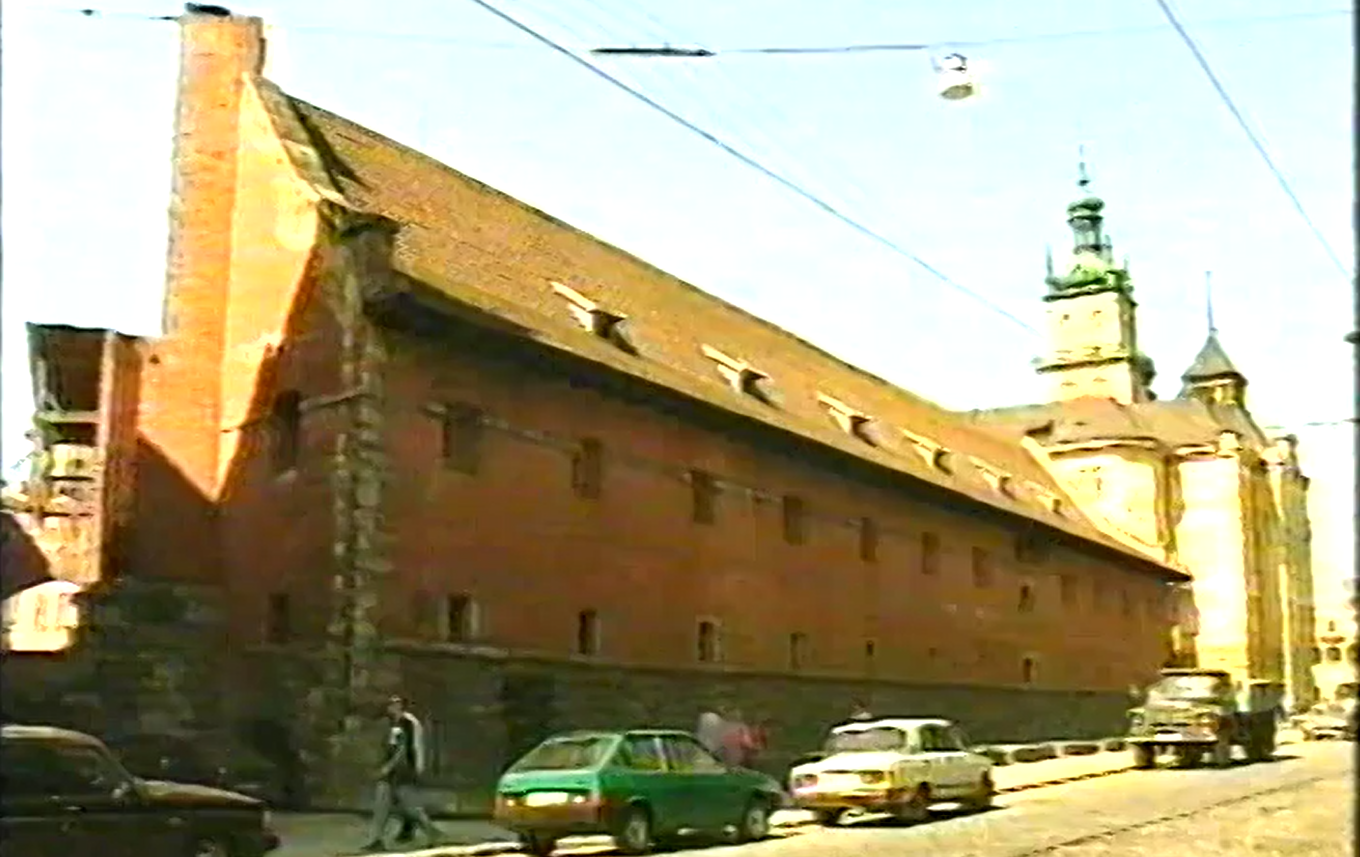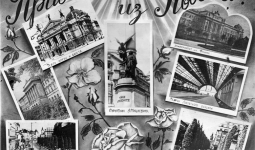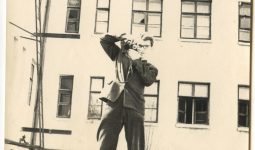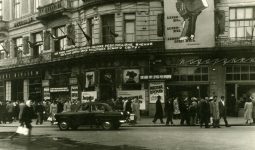VHS as a Figure of Transition
Dr. Bohdan Shumylovych
VHS, short for Video Home System, was a standard for analogue video recording on tape cassettes devised in 1976 by the Victor Company of Japan (JVC). This format became the predominant home video standard throughout the era of tape media in the 1980s and 1990s. The introduction of VHS and VCR transformed daily routines, providing residents with the flexibility to determine when to view specific programs. Recorded TV programs, concerts, or movies were no longer confined to the media flow controlled by a specific television company or media corporation. Concurrently, the emergence of cable TV further expanded the range of media content and granted consumers increased freedom of choice.
In the socialist countries of Europe, the evolution of this technology hinged on local ideologies, practices, regulations, and culture. During the late 1980s, the VHS format became immensely popular for home entertainment and documenting private life. However, a unique aspect of media history in socialist countries was that individuals in these societies were less inclined to record programs broadcast by official TV channels (except for films and animation) and more inclined to seek out recordings of programs or films from the West. Additionally, in socialist Europe, the video quickly became a symbol of otherness, wealth, and special status, contributing to the distinctions that state ideology aimed to diminish. Socialist countries had more lenient regulations regarding the importation of VCRs and video cameras, often turning them into conduits for the illegal trade of such media within the USSR.
The distribution and use of VHS changed significantly during perebudova/perestroika (1986-1991), when video facilitated the establishment of early cooperative businesses, such as video salons. In September 1986, the Council of Ministers of the USSR ordered to stimulate the dissemination of "technical means", such as musical instruments, video equipment, gramophone, and video cassettes with recordings of the best classical, Soviet, and foreign art. In fact, this was the beginning of legal video salons, which massively began to appear after the publication of the Law on Cooperation in the USSR in 1988. In video rental stores/cooperatives people could borrow movies, music, television series and programs, video games, and other content. As a rule, video rental stores made business with customers on the terms agreed upon in a lease or contract and operated in various public spaces. If, in the first half of the 1980s, viewing videos had an illicit quality and served as a social attraction, often taking place among close friends, during perebudova, this practice turned to become a public and legal business. As the decade progressed, the circulation of films and audiovisual content occurred through unofficial channels, involving exchanges between friends, sales at marketplaces, and the operation of local rental stores on a semi-official basis. This unregulated nature contributed to the allure of VHS technology, offering pleasures beyond mainstream official media content and associated VHS with a distinctive culture, particularly the culture of capitalism.
VHS, both as "technology and a cultural form" (here we refer to the known idiom of Raymond Williams), represents a figure of transition (from the 1980s through the 1990s) in several distinct senses:
- It was a set of practices linked to a specific technology, its materiality, and its usage (such as amateur video filmmaking);
- It was connected to illegal underground practices of video screening and watching (similar to non-official exhibitions or apartment concerts);
- It fostered a particular business model (early cooperatives of the 1980s and rental businesses of the 1990s);
- It popularised a specific media aesthetic (on the edge between amateur practices and professional usage) strongly rooted in the culture of late socialism.
In this context, VHS serves as a comprehensive medium of social transformation, highlighting crucial aspects of its time: a sense of temporariness, the inevitability of change, and the passage of time, characteristics emblematic of an era in transformation. As a private medium, VHS also evokes associations with the privacy of a specific time, intertwined with distinct practices and the emergence of a new social reality.
The research focus aims to conduct a series of interviews forming the basis for an oral history of VHS in Lviv (Ukraine); to research underground practices of screening and watching and the spread of technology in the 1980s; to examine the role of VHS in the transitional economy (1980s and 1990s). We will map spatial urban practices of VHS, including rentals, cooperatives, VCR salons, etc. and explore the link between new video technology and old aesthetic models in the late 1980s and 1990s.
Related events:
- Seminar Man with a (Movie) Camera – a Community with (Media) Imagination (2021) - presentation of Maria Stoianova (Марія Стоянова) who works with VHS as medium and cultural form
- Online lecture of Dr. Krzysztof Swirek - The Social Life of a Private Technology: The Career of VHS as a Transitional Medium Dr. Krzysztof Swirek (2021) within the project Urban Scraps: Space, Media and Visuality (Center for Urban History and Adam Mickiewicz Institute)
- Public lecture of Dr. Krzysztof Swirek and Yulia Kovalenko (Кшиштоф Свірек та Юлія Коваленко) within Home Movie Day at the Center for Urban History (2019)
Credits
Cover Image: a still from the video archive of Viktor Neborak // Urban Media Archive of the Center for Urban History










